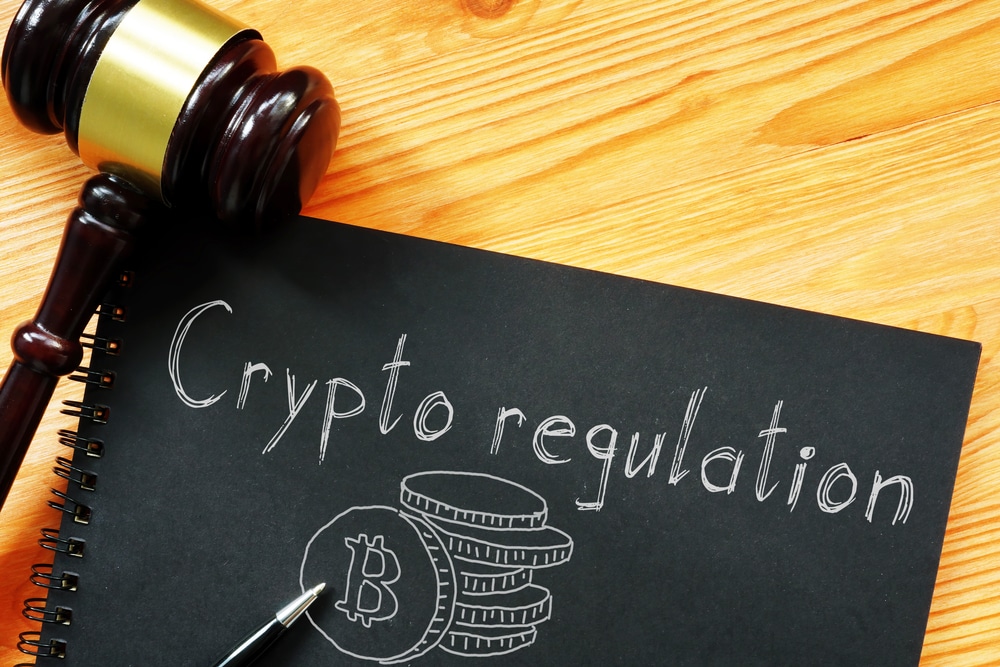
Chinese Government Will Revise Crypto AML Policies Before 2025
The government of China imposed a ban on all blockchain and DeFi activities in 2021. However, Chinese blockchain users managed to keep generating hash rate underground by the way of leveraging the decentralized nature of cryptocurrencies. In this manner, China continued to participate in generating hash rate and mining process of Bitcoin.
However, now the Chinese government has announced that it is going to bring major changes to its Anti-money laundering (AML) regulations. These new AML amendments will cover crypto transactions with an emphasis on greater scrutiny for blockchain policymakers.
Prime Minister, Li Qiang hosted an executive meeting on 22nd January to discuss the AML law revision. The State Council meeting noted that the first revised draft of AML regulations was proposed in 2021. This amended version introduced the legislative changes added by the State Council in 2023 and was to be signed into law by 2025. It is said to be the first significant revision to AML regulations in China since 2007.
A host of Scholars and financial experts participated in the discussion about AML regulatory discussion. The participants noted that these revised policies are applicable at a broader scale which makes it lengthy.
The Illicit Use of Crypto
Wang Xin, a professor at Peking Law University was one of the participants to join the State Council. He talked about an urgent need to bring solutions to the cryptocurrency sector to stop illegal activities such as money laundering at a legal scale. He also stated that illicit usage of cryptocurrencies in various aspects has continued to increase.
Xin pointed out that the existing Chinese laws did not provide a legal definition of digital assets. The professor also claimed that revised AML regulations lack operational guidance regarding seizure, halting, deducting, and confiscating assets from threat actors.
Such a scenario can lead to a disconnect. He further stated that there is a need to introduce better anti-money laundering policies to prevent the practice from spreading across the digital asset realm. Since 2021, offshore companies have not been able to offer cryptocurrency services in the mainland region.
At the same time, all mainstream mining activities have been banned. Nevertheless, Chinese miners were able to keep operating from underground locations which has raised money laundering concerns among regulators. The amended regulations are aimed at addressing this issue.
Wu Blockchain published the translated version of an investigative report on 26th December originally published by Bitrace. The report has shed light on two methods that criminals use for money laundering with stablecoins.
The Role of Stablecoins in Money Laundering
The first case categorized as an upward scenario notes that money launderers purchase stablecoin from illegal sources at market price then the sellers purchase another stablecoin at an inflated price. The difference of this transaction serves as payment via laundering.
The report shared another money-laundering case classified as a downward transaction. In this scenario, a stablecoin is traded at platforms that do not have AML or KYC (Know Your Customer) checks. The report suggests that proxy payment companies allow USDT deposits and use fiat transactions for repayments at other platforms such as topping at a gambling site.
Criminals may also make fiat payments in the form of sending payments to members on funding platforms, distributing gifts during live broadcasts, placing e-commerce orders, and distributing salaries.




